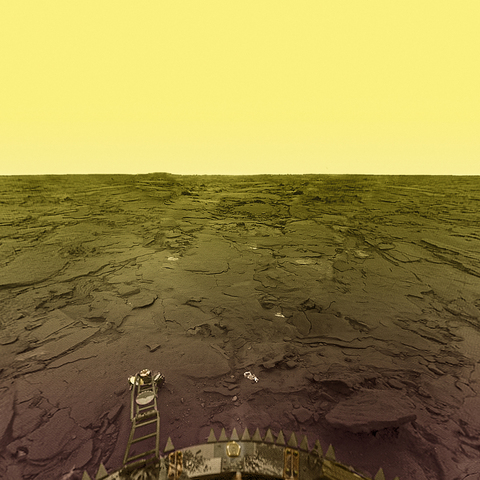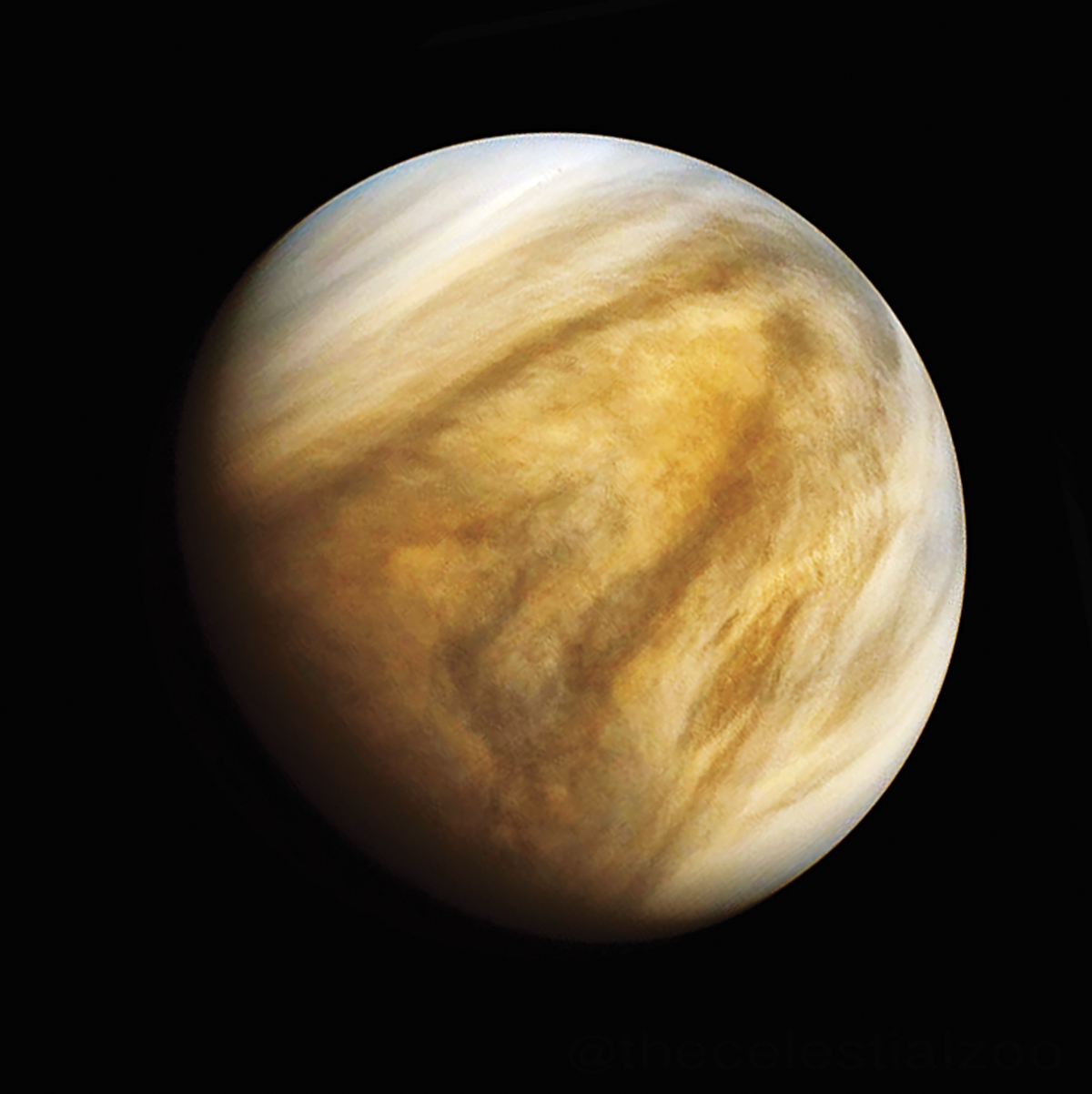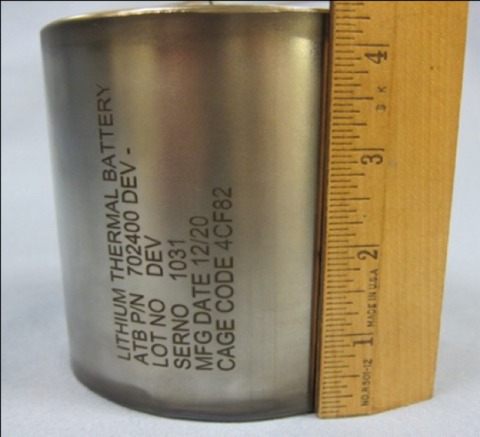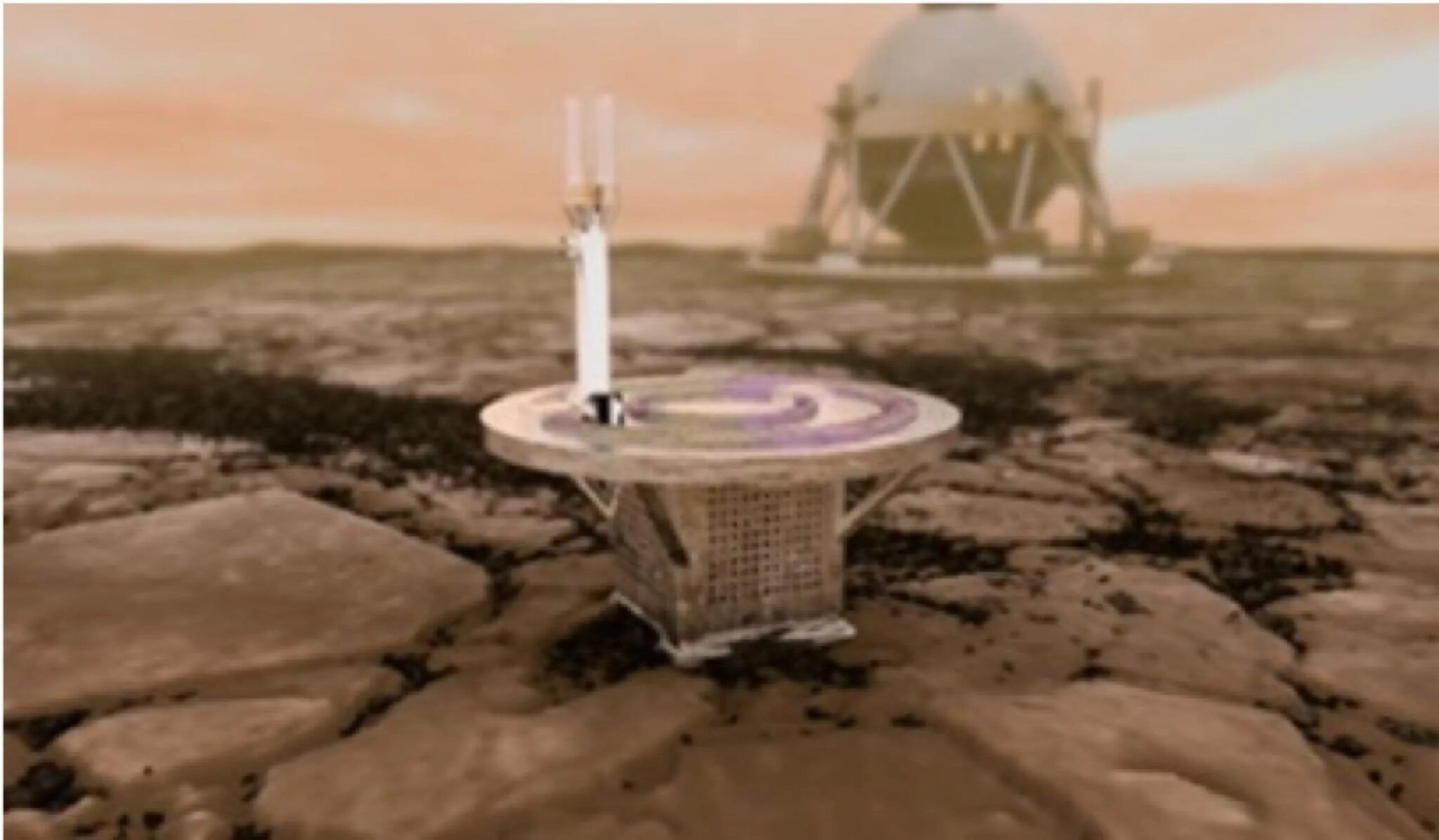Sending a lander to Venus poses some huge engineering challenges. The pressure on the planet is so high that the spacecraft must be equipped with a very strong body. Another problem is the very high temperature at the surface, which is up to 455 degrees Celsius – this is enough to melt lead. In addition, a mixture of chemicals that form the atmosphere, such as sulfuric acid, is corrosive to most metals. All the spacecraft that descended to the surface of Venus could exist in such conditions no longer than a couple of hours.

Of course, technology is now able to create a lander that can withstand high temperature, pressure and corrosion. But there is another additional problem – batteries that could work long enough in the hellish conditions of Venus.

The only solution to power the lander on Venus are batteries. Solar panels are not viable due to the very low level of illumination on the surface, comparable to a cloudy day on Earth, and current solar panel designs will not withstand high surface pressure. The radioisotope thermoelectric generator (RTG) is also not operational in the conditions of this planet.
Breakthrough in the development of batteries for Venus
NASA has partnered with a company called Advanced Thermal Batteries, Inc (ATB); and together they created the first battery that demonstrated the ability to operate at very high temperatures during the entire solar day of Venus. That is approximately 120 Earth days. On the planet, thermal batteries can use ambient atmospheric conditions to heat a special high-temperature electrolyte that is solid and inert at standard room temperature. In addition, they can remain in working condition without the need for thermal insulation.

The first sample is still in development, but the tests show that such types of batteries are capable of operating in severe conditions of the atmosphere of Venus. In addition, this advanced type of battery technology can become a new energy storage for future Solar System research.
LLISSE Lander
Work on a new type of thermal battery is part of ongoing work at NASA’s Glenn Research Center to develop a small lander for landing on Venus called the Long-Lived Solar System Explorer (LLISSE). The program uses the latest advances in high-temperature systems and a new concept of operations to allow work on the surface of Venus for 60 days or longer.

LLISSE weighs about 10 kilograms and has a set of small sensors for measuring wind, brightness, temperature, pressure and the content of key chemical components of the atmosphere. LLISSE will be equipped with a large number of electronics, communication equipment and devices that will require a battery to operate. ATB assures that a complete prototype of the battery system will be demonstrated within the next 18 months.
Earlier we talked about 12 interesting facts about Venus.
According to ScienceAlert
Follow us on Twitter to get the most interesting space news in time
https://twitter.com/ust_magazine

